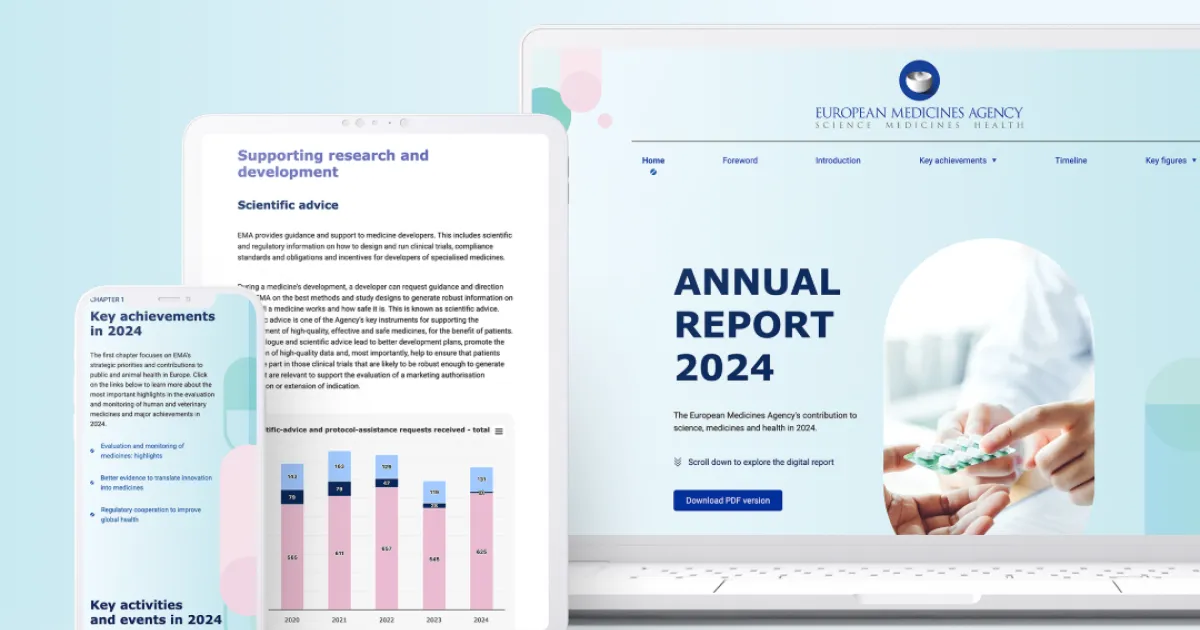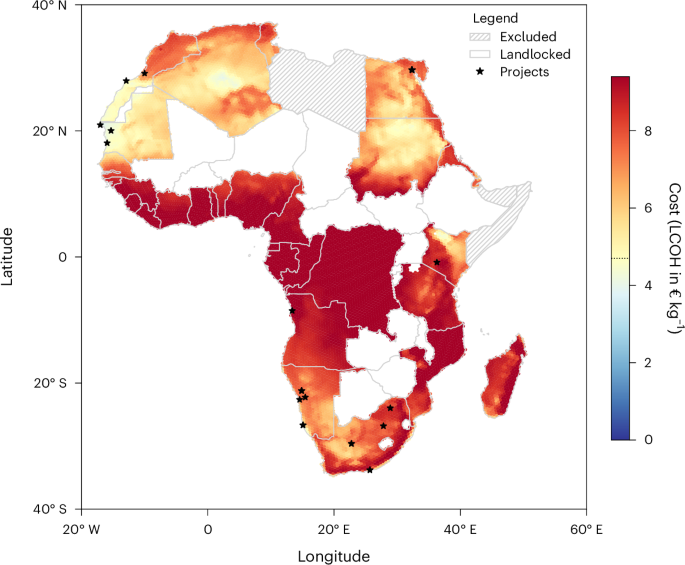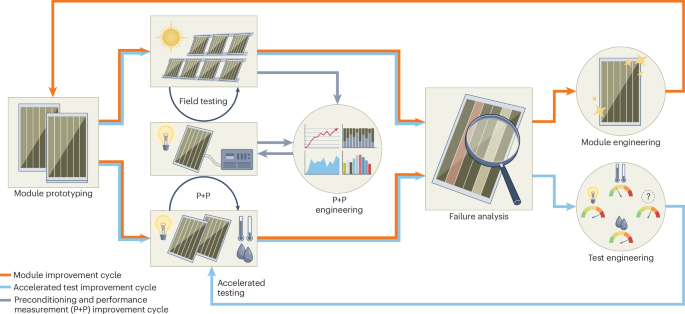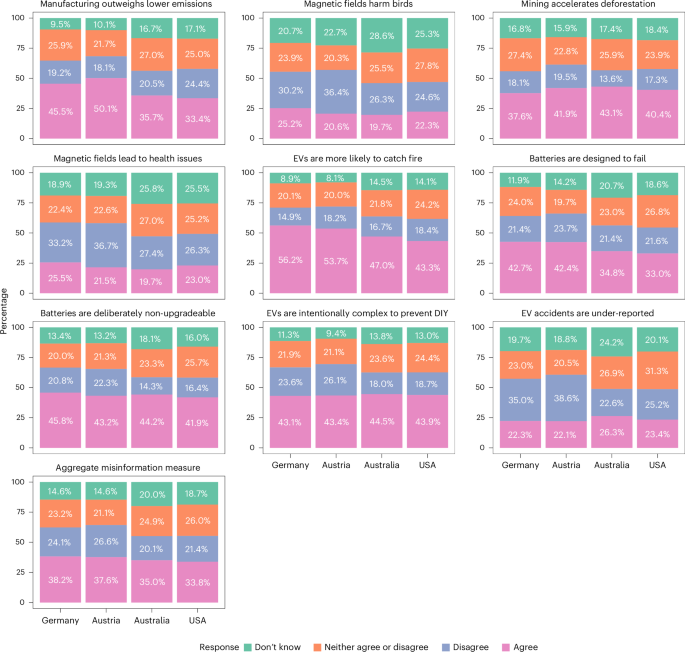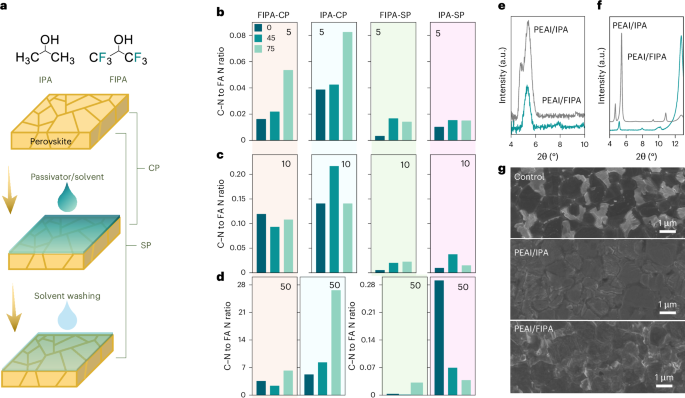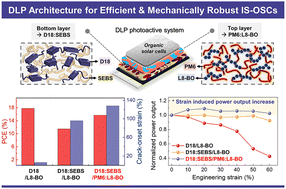Cyclic Enrichment of Urinary Exosomes Using a MOF‐on‐MOF‐Based Asymmetric Impinging Streams Chip for Bladder Cancer Diagnosis and Prognosis Prediction
Advanced Healthcare Materials, EarlyView.

This study presents an exosome cyclic enrichment chip based on asymmetric impinging streams and a metal-organic framework (MOF)-on-MOF material. It can achieve efficient batch enrichment of exosomes from large-volume urine samples (greater than 10 mL) within 30 min. Additionally, this study established a diagnostic model for BCa, and discovered that urinary exosomal NORAD is an independent prognostic factor for BCa.
Abstract
Urinary exosomes are valuable biomarkers for the liquid biopsy of bladder cancer (BCa), carrying critical biomolecules associated with BCa that assist in clinical diagnosis and prognosis prediction. However, the lack of rapid, efficient, and high-throughput techniques for urinary exosome enrichment limits their clinical application. This study presents an exosome cyclic enrichment chip based on asymmetric impinging streams and a metal-organic framework (MOF)-on-MOF material. The newly synthesized MOF material exhibited excellent exosome-enrichment capabilities. Moreover, the integration of asymmetric impinging streams and a cyclic fluidic pathway within the chip notably enhanced the collision efficiency between exosomes and MOF. Leveraging the chip, enables the rapid and efficient enrichment of exosomes from a 10 mL urine sample within 30 min, without the requirement for sample pre-concentration. In a clinical study of 300 subjects from two centers, a BCa diagnostic model based on urinary exosomal NORAD (Exo-NORAD) and urine sediment NORAD (Sed-NORAD) is developed, which showed a higher detection positivity rate than BCa fluorescence in situ hybridization (FISH) and urinary cytology. Exo-NORAD is identified as an independent prognostic factor for BCa using Cox regression analysis. In conclusion, this study provides a new approach for the noninvasive diagnosis and prognosis prediction of BCa.












































































